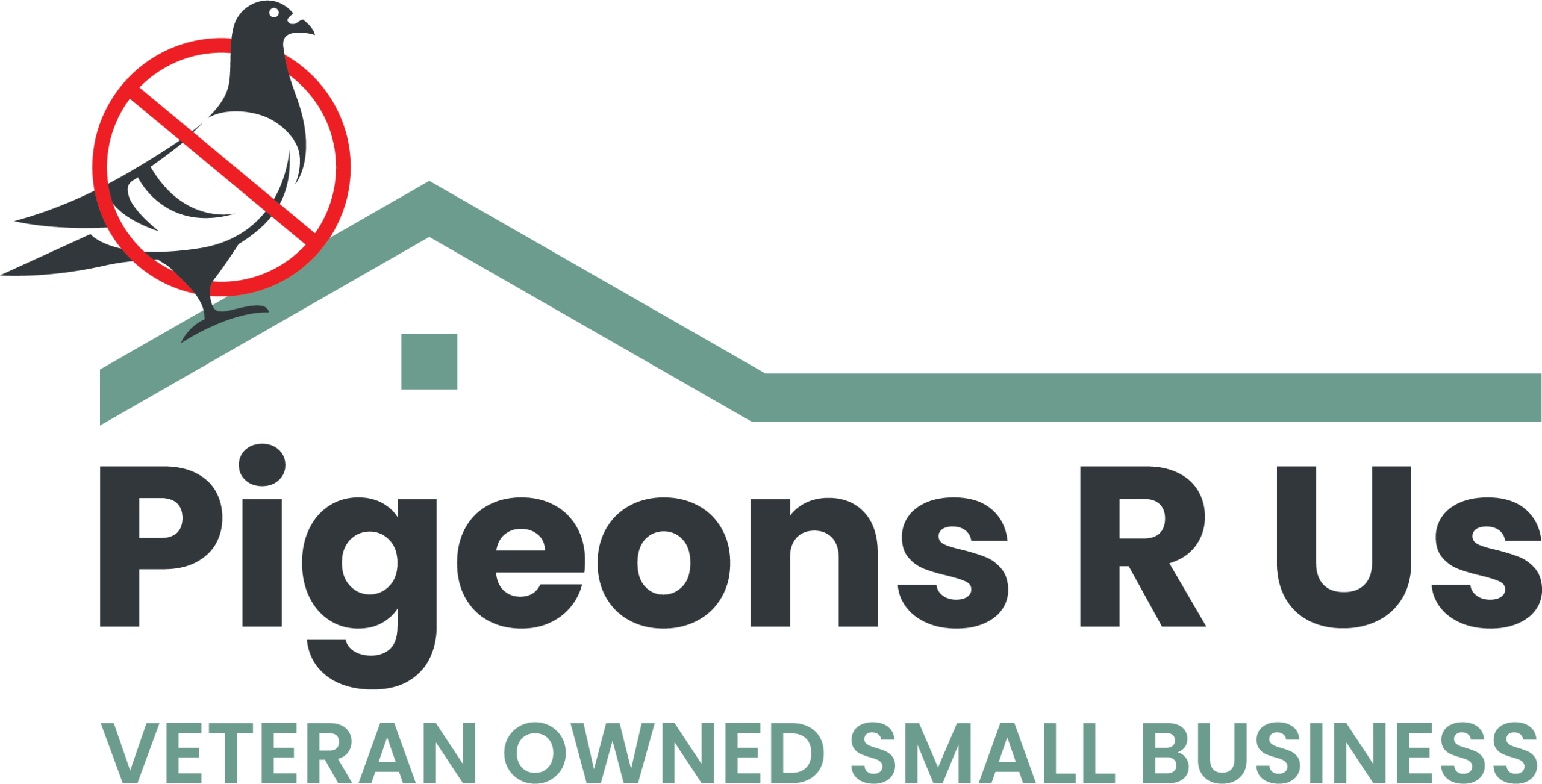Understanding the Different Types of Bird Netting and Their Uses
Bird netting is a highly effective and versatile solution for managing bird-related issues in various settings. Whether it’s keeping birds away from crops, preventing them from roosting on buildings, or protecting public spaces, bird netting provides a reliable and humane way to deter birds. This article explores the different types of bird netting available and their specific uses to help you choose the best solution for your needs.
Why Bird Netting is Essential
Bird netting serves as a physical barrier, preventing birds from accessing certain areas without causing them harm. It’s commonly used to:
- Protect Crops and Gardens: Birds can cause significant damage to fruits, vegetables, and ornamental plants.
- Prevent Property Damage: Bird droppings and nesting materials can damage buildings and other structures.
- Ensure Safety: Birds in certain areas can create hazards, such as at airports or on construction sites.
With these uses in mind, let’s explore the different types of bird netting and their applications.
Types of Bird Netting
Bird netting comes in various materials, mesh sizes, and designs, each suited for specific purposes. Here are some of the most common types:
- Polyethylene Bird Netting
- Description: Made from high-density polyethylene (HDPE), this netting is durable, lightweight, and resistant to UV rays and weather.
- Uses: Ideal for outdoor applications like agricultural fields, gardens, and orchards. It can also be used on buildings to prevent birds from roosting or nesting.
- Polypropylene Bird Netting
- Description: Similar to polyethylene, polypropylene netting is lightweight and weather-resistant, but it’s typically more flexible and easier to work with.
- Uses: Often used in greenhouses, aviaries, and indoor settings. Its flexibility makes it suitable for irregularly shaped areas.
- Knotted Bird Netting
- Description: This type of netting is made by knotting the intersections of the mesh, creating a stronger and more durable structure.
- Uses: Commonly used in large-scale applications, such as covering entire buildings, sports facilities, or industrial sites. The knotted design provides added strength and durability.
- Extruded Bird Netting
- Description: Extruded netting is manufactured by extruding plastic to form a mesh structure. It is typically more affordable but less durable than knotted netting.
- Uses: Ideal for short-term or temporary applications, such as covering crops during harvest season or providing seasonal protection for buildings.
- Metal Bird Netting
- Description: Made from materials like stainless steel or galvanized steel, metal netting offers high durability and resistance to weather and corrosion.
- Uses: Commonly used in industrial settings, around machinery, or in areas where rodents and other pests are also a concern. Metal netting is more robust and can withstand harsh conditions.
- Fine Mesh Bird Netting
- Description: This netting has a smaller mesh size, often less than one inch, designed to keep out smaller bird species and even insects.
- Uses: Ideal for protecting crops from small birds or for use in aviaries to contain smaller bird species. It can also be used to prevent insects from accessing certain areas.
Choosing the Right Bird Netting
To choose the right bird netting for your needs, consider the following factors:
- Purpose: Determine the primary goal of the netting. Are you protecting crops, preventing roosting, or creating an aviary? This will guide your choice of material and mesh size.
- Location: Consider the environment where the netting will be used. Outdoor netting requires greater durability and UV resistance, while indoor netting may focus more on flexibility and ease of installation.
- Bird Species: Identify the bird species you’re targeting. Larger mesh sizes work for bigger birds, while fine mesh is needed for smaller birds or insects.
- Installation and Maintenance: Consider how easy it is to install and maintain the netting. Knotted netting may require more complex installation, while extruded netting is generally easier to set up.
Conclusion
Bird netting is a versatile and effective solution for managing bird-related issues. By understanding the different types of bird netting and their specific uses, you can make an informed choice that meets your needs. Whether you’re protecting crops, safeguarding buildings, or creating a safe space for birds, the right bird netting can provide long-lasting and eco-friendly results.
